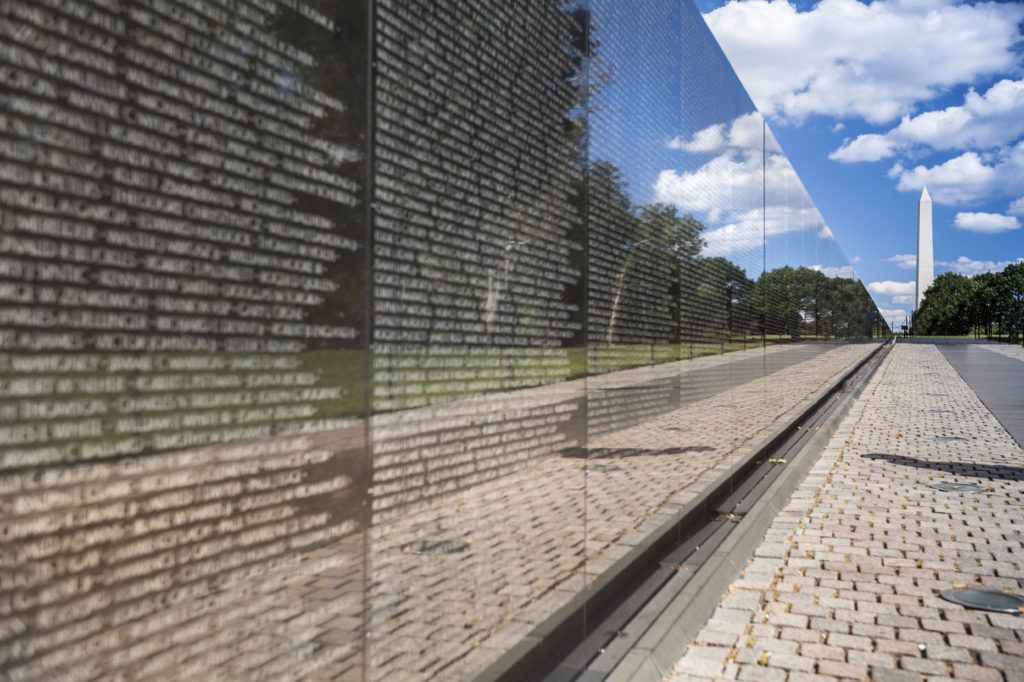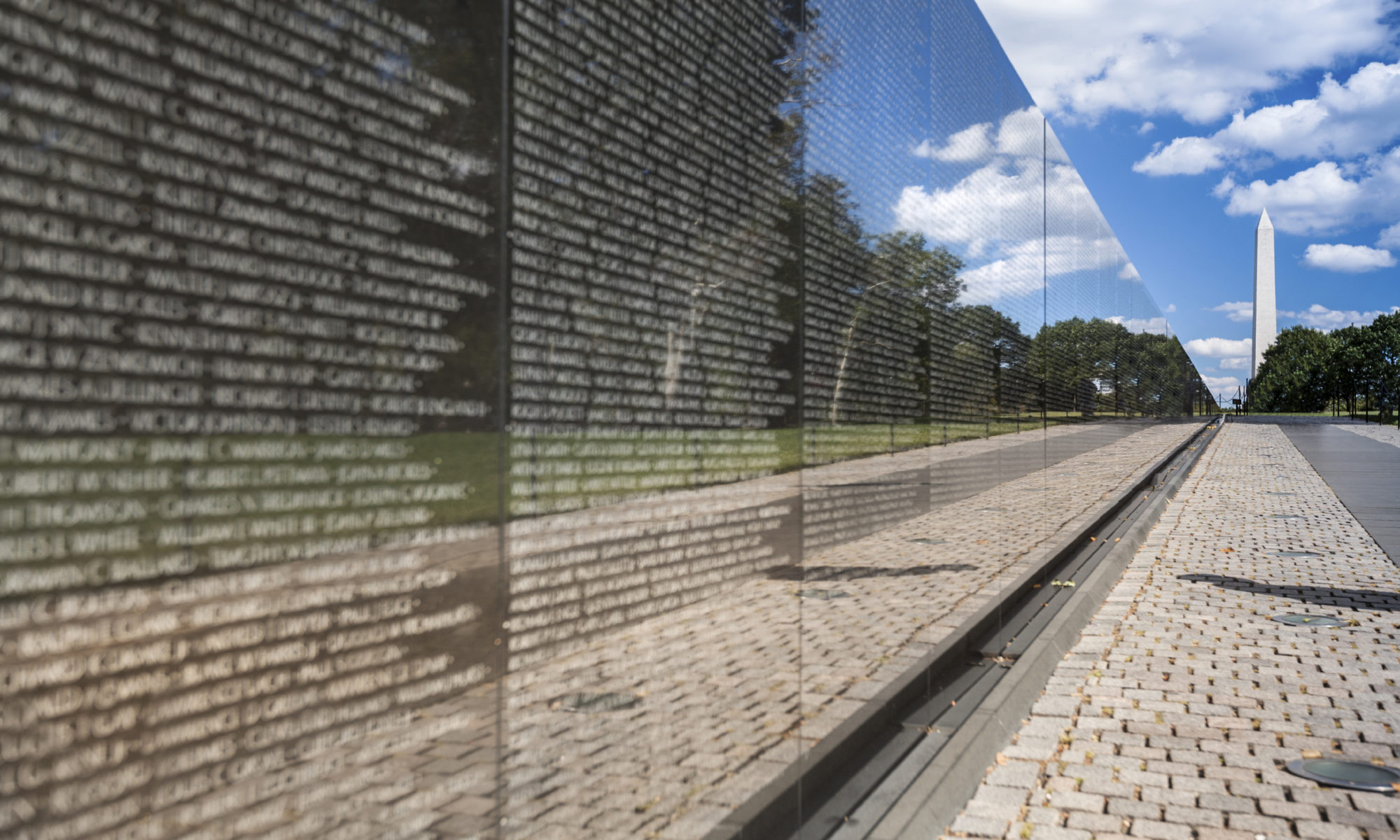
I was very interested in how the design of the Vietnam Veterans Memorial helped to shape the experience of its visitors. Walking down a ramp alongside the names of each soldier who died spatially emphasizes the war’s length and fatalities. This intentional design parallels the architecture of the Holocaust Memorial Museum in Washington D.C. and Yad Vashem. In both cases, the museum narrows as you walk through just as the lives of those sent to concentration camps became trapped. As the pathway through the rooms is sequential, so we’re the travesties that the 6 million Jews and 5 million non-Jews faced. While nothing could ever do justice in portraying the Holocaust, the museum, as a work of art in itself, tries to shed light unto an unthinkable experience, develop a sense of collective memory, and entrench the notion of “Never Again” in each visitor.
While in a completely different category, environmental issue face some similar challenges. First, they are very hard to grasp. Someone may be much more inclined to act on the issue of pollution when they hear the Great Pacific Garbage Patch is larger than the size of Texas or there will be more weight of plastic in the ocean than fish by 2050. Each statistic serves as an attempt to mobilize people to change their behavior, another shared quality. So, I’m wondering how a structure could be designed to reflect the history, scale, and hope to solve our world’s greatest environmental issues.
Could the Smithsonian’s Natural History Museum create an exhibit to climate change or sustainability? Or, could a US Environmental History Museum be created to showcase events from the 1970 Earth Day March to the Environmental Justice movement starting in Warren County, NC to the Paris Climate Agreement. Physical representations of environmental issues might mobilize the public!



